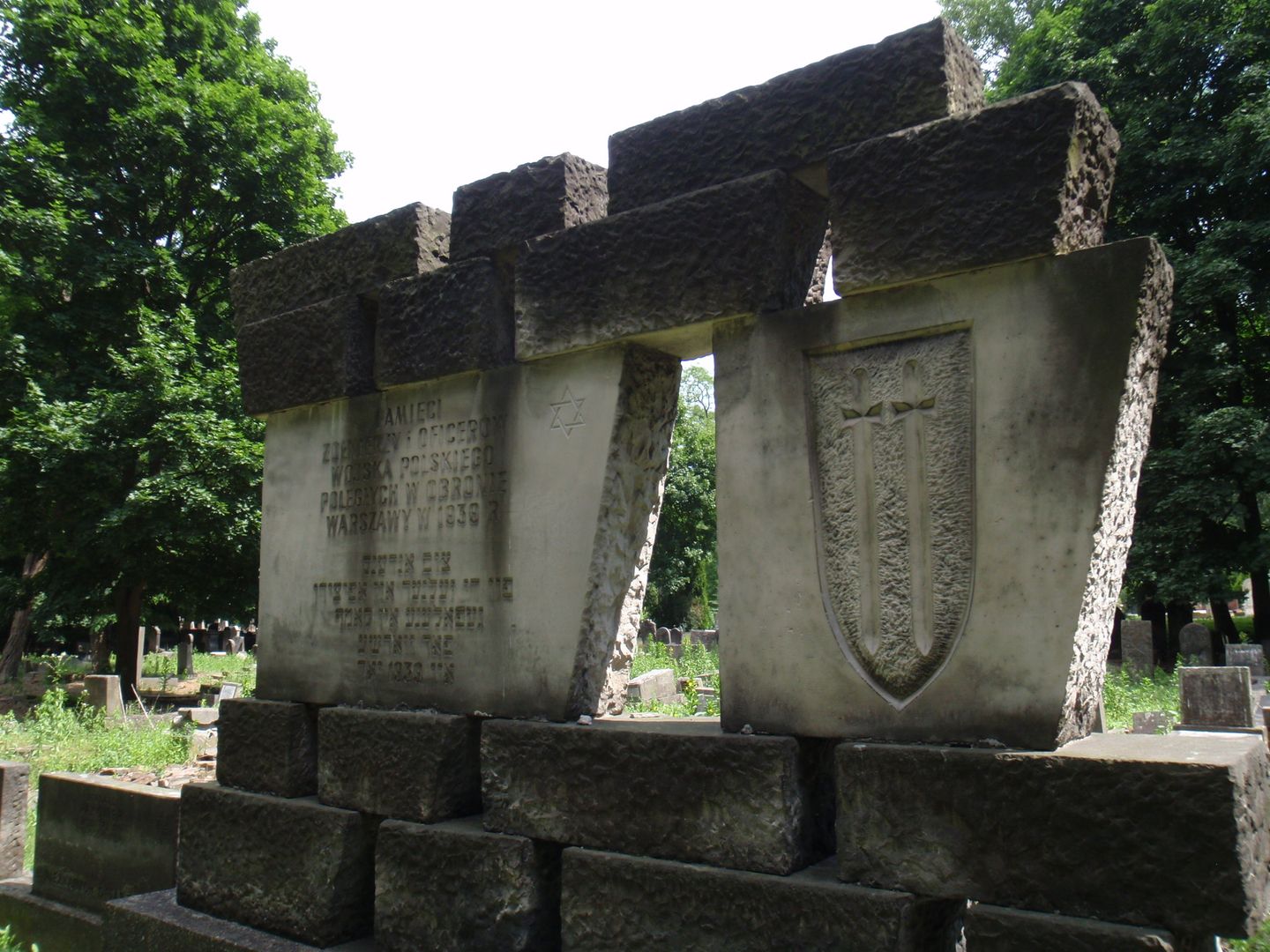Warsaw Jewish Cemetery
6.78

Overview
The Jewish Cemetery in Warsaw, located in Powązki at Okopowa Street, is the largest Jewish cemetery in the Masovian Voivodeship and one of the largest in the world, covering an area of approximately 33.5 hectares. It was established in 1806 on the initiative of the Jewish community of Warsaw. The cemetery contains around 200,000 tombstones, the oldest of which date back to the early 19th century. The tombstones, made of richly decorated materials, vary in style depending on the denomination – one can find both simple matzevot and monumental sarcophagi, often adorned with sculptures and other architectural details. The cemetery is divided into sections, including Orthodox, Progressive, children's, and military sections. During the interwar period, a synagogue and funeral homes were built near the cemetery. During World War II, the cemetery was devastated, but after the war, burials were resumed there. The cemetery is an important cultural site, hosting events such as fundraising campaigns for restoration and festivals related to the Jewish community. It also features numerous monuments, including those dedicated to the victims of the Holocaust and Jewish soldiers. The cemetery is not only a place of remembrance but also a symbol of the rich history of Jews in Warsaw, bearing witness to their life and culture over the centuries. It is also worth noting that the cemetery has served as an inspiration for many literary and film creators, underscoring its significance in Polish culture.
Location
Tickets
Powered by GetYourGuide
2025 Wizytor | All Rights Reserved